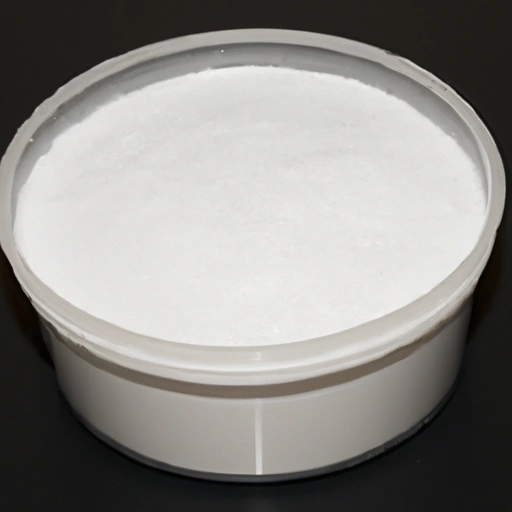Unflavored Gelatin
Description

Unflavored gelatin is a colorless, tasteless, and odorless thickening agent that is derived from collagen, a protein found in animal connective tissues. It is commonly available in both powdered and sheet forms. When dissolved in hot water and cooled, gelatin has the unique ability to gel or solidify liquids, making it an indispensable ingredient in culinary applications. Its use spans a vast array of recipes, from desserts to savory dishes.
In terms of measurements, unflavored gelatin is often utilized in recipes by the packet, with one packet (about 1/4 ounce or 7 grams) in America being enough to gel approximately 2 cups (16 fluid ounces or 475 milliliters) of liquid. European recipes might refer to gelatin in sheets, and one sheet is roughly equivalent to a teaspoon (approximately 3 grams) of powdered gelatin. In Asia, gelatin is also used but might be referred to in metric units, such as grams or milliliters.
Common uses
Unflavored gelatin is mainly used as a gelling agent, stabilizer, thickener, and emulsifier in various food products.
Nutritional value
Calories
Unflavored gelatin is low in calories, with a single packet (about 7 grams) containing roughly 20 calories.
Protein
Gelatin is almost pure protein, with that same packet providing about 6 grams of protein.
Fat
Gelatin contains no fat, making it a suitable option for low-fat diets.
Carbohydrates
With less than 1 gram of carbohydrates per packet, gelatin can be incorporated into low-carb diets as well.
Vitamins
Gelatin does not contain significant amounts of vitamins.
Minerals
While it is not a rich source of minerals, gelatin does provide small amounts of calcium and phosphorus.
Health benefits
As a protein source, gelatin may support skin, hair, nail health, and joint health. The amino acids found in gelatin can be beneficial for gut health and digestion.
Potential risks
Since gelatin is derived from animal sources, it may not be suitable for vegetarians or those with certain dietary restrictions or allergies. Overconsumption of gelatin may also pose a risk for certain individuals due to its high levels of specific amino acids.
Common recipes
Gelatin is widely used in the preparation of desserts such as jellies, mousse, marshmallows, and panna cotta. It's also used in savory dishes like aspics and to clarify broths in consommés.
Cooking methods
Gelatin must first be 'bloomed' in cold water and then dissolved in warm liquid to activate its gelling properties. It can then be incorporated into the recipe as needed.
Pairing with other ingredients
Unflavored gelatin pairs well with various ingredients including fruits, creams, yogurts, and even meats in savory gelatins.
Summary
Unflavored gelatin is a versatile and widely used food ingredient that serves as a gelling agent in numerous culinary creations. Its ability to transform liquids into gel form has made it essential in the preparation of a variety of dishes across the globe. Whether using it in American, European, or Asian recipes, understanding the conversion between packets, sheets, and grams is important for successful culinary outcomes.